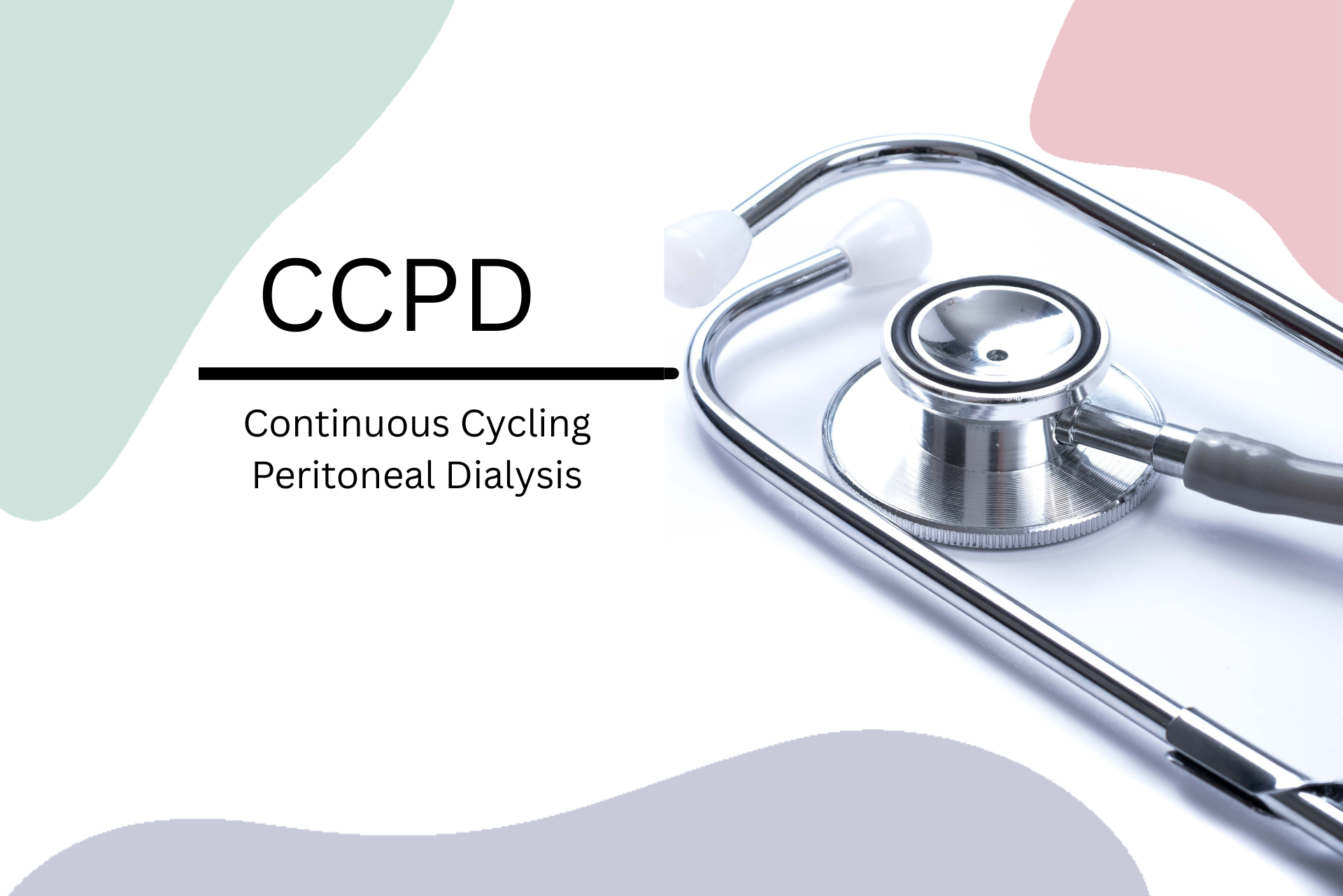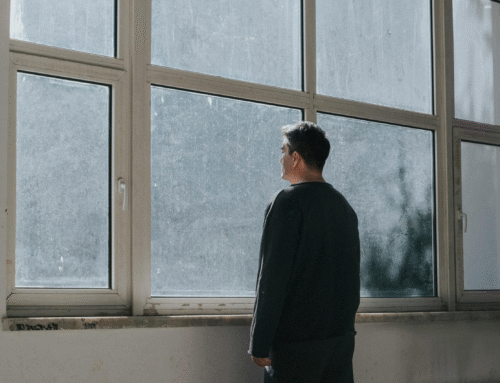
A day with nightly Continuous Cycling Peritoneal Dialysis (CCPD)
Also known as Automated Peritoneal Dialysis (APD)
Living with end-stage renal disease (ESRD) and undergoing peritoneal dialysis reshapes one’s daily rhythms. For people using Continuous Cycling Peritoneal Dialysis (CCPD) — typically done at night with a machine called a cycler — life continues with independence, routine, and resilience. This is a glimpse into a typical day on CCPD, highlighting not just the logistics, but the emotional landscape of living well with dialysis.
A Gentle Start
The morning begins with the cycler beeping, indicating that dialysis is complete. During the night, the machine has cycled dialysate in and out of the abdomen, using the peritoneal membrane as a natural filter to remove waste, excess fluid, and toxins (Kliger, 2018), while adding back bicarbonate to neutralize acid buildup in the blood.
Disconnection involves sterile technique and mindfulness — every step aimed at preventing peritonitis, the most common and serious infection related to PD (Piraino et al., 2011).
Morning Routine
Once disconnected, the day begins much like anyone else’s: shower, breakfast, medications. Monitoring weight and blood pressure is essential, as these provide real-time feedback about fluid balance and dialysis adequacy (Li et al., 2016). If a daytime dwell is part of the prescription, it remains in the abdomen until the evening.
Embracing the Day
CCPD is designed to support daytime freedom — many patients return to work, attend school, or manage home responsibilities. The key is preparation: planning fluid intake, meals, and timing medications.
Diet must support the dialysis process: adequate protein (due to protein loss in dialysate) ingestion is important, while limiting phosphorus, sodium, and potassium depending on labs (KDOQI, 2020). Many take phosphate binders with meals, possibly vitamin D analogs, and erythropoiesis-stimulating agents, part of the broader management of CKD-related complications.
Midday Check-In
Afternoon may bring some fatigue — a familiar companion in CKD. A brief nap or pacing oneself can be restorative. For those working or studying, self-care becomes a form of advocacy.
Some use this time to check supplies, clean the dialysis area, or prepare for the evening. The home becomes a hybrid space: supporting the activities of a regular life and a clinical setting, designed for clinical efforts.
Home and Reflection
As the day winds down, patients return to the familiar rituals of PD: reviewing the next shipment of supplies, checking the dialysate bags, ensuring sterility of the environment.
Emotionally, this part of the day often evokes self-reflection. Living with a chronic illness can bring grief, uncertainty, or isolation — but also resilience, purpose, and perspective. Psychosocial support, whether through counseling or family and peer networks, is deeply valuable (Finkelstein et al., 2012).
Winding Down
Dinner may be simple and early. Afterward, the patient begins the process of setting up the cycler. The machine is prepared: bags are warmed, tubing is primed, everything arranged with attention and care.
Patients who engage deeply with this process often describe it as a ritual of presence, where self-care becomes a quiet affirmation of life and agency.
Reconnecting
The patient connects to the cycler. The machine begins its series of overnight exchanges — typically 3 to 5 cycles of fill, dwell, and drain, each lasting 1.5–2 hours (Kliger, 2018). For some, the abdomen is left “dry” during the day; others retain a daytime dwell depending on how much fluid needs to be removed.
The soft hum of the machine becomes a background “white noise” — steady, reassuring. Occasionally an alarm may go off, if the tubing becomes kinked during the night. At that point the cycler may stop. Patients may troubleshoot at that point or disconnect and “call it a night”.
Resting With Purpose
If there are no alarms, the patient sleeps, as the dialysis continues. The machine monitors each exchange, ensuring safety and completion by morning. In the stillness of the night, the cleaning of blood continues, keeping patients in balance.
Continuous Cycling Peritoneal Dialysis offers freedom, autonomy, and dignity. Patients on CCPD are able to reclaim their days, engage with work or loved ones, and live a life that, while different, is meaningful and relatively independent.
References
- Kliger AS. (2018). Continuous Cycling Peritoneal Dialysis: Advantages and Considerations. Clinical Journal of the American Society of Nephrology, 13(3), 476–482. https://doi.org/10.2215/CJN.12031117
- Piraino B, et al. (2011). ISPD guidelines for peritoneal dialysis-related infections: 2010 update. Peritoneal Dialysis International, 31(2), 60–70. https://doi.org/10.3747/pdi.2010.00049
- Li PKT, et al. (2016). ISPD Peritoneal Dialysis Guidelines: 2016 Update on Peritonitis Recommendations. Peritoneal Dialysis International, 36(5), 481–508. https://doi.org/10.3747/pdi.2016.00078
- KDOQI Clinical Practice Guidelines for Nutrition in CKD: 2020 Update. (2020). Kidney Disease Outcomes Quality Initiative. National Kidney Foundation.
- Finkelstein FO, et al. (2012). Psychosocial Aspects of Chronic Kidney Disease: What Needs to Be Done. Clinical Journal of the American Society of Nephrology, 7(12), 1957–1965. https://doi.org/10.2215/CJN.04170412
About the Author
Dr Gavril Hercz
Dr. Gavril Hercz is a nephrologist at Humber River Health and Associate Professor of Medicine, University of Toronto. He completed his psychoanalytic training at the Toronto Psychoanalytic Institute and is a member of the Canadian Psychoanalytic Society. His major area of interest is the impact of physical illness on patients, families, and caregivers.
Also known as Automated Peritoneal Dialysis (APD) Living with end-stage renal disease (ESRD) and undergoing peritoneal dialysis reshapes one’s daily rhythms. For people using Continuous Cycling Peritoneal Dialysis (CCPD) — typically done [...]



